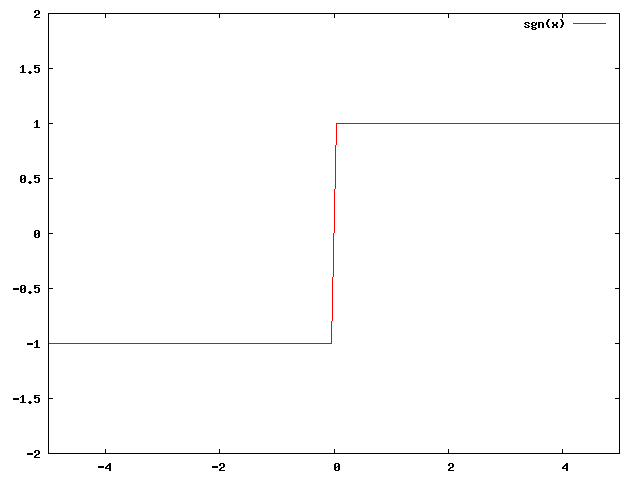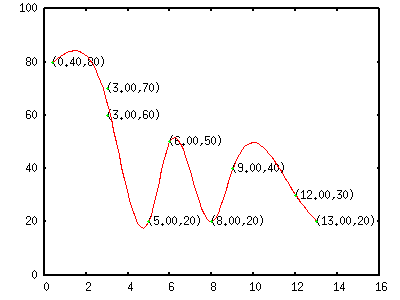

The gnuplot code used to generate the latex file looks like this: reset However, once I run ps2pdf on the file, it garbles the text (second image). ps file produced by dvips is fine (the first image). # linewidth 3, and associated point type 6 (a circle with a dot in it).I'm using the gnuplot epslatex terminal to generate LaTeX files which I then convert to.

Whereas linetypes are permanent (they last until you explicitly redefine them), linestyles last until the next reset of the graphics state.Įxamples: # define a new line style with terminal-independent color cyan, In other words, it is just like a linetype except for its lifetime. Once you have defined a linestyle, you can use it in a plot command to control the appearance of one or more plot elements. It is defined using the command set style line. Linestyles vs linetypes A linestyle is a temporary association of properties linecolor, linewidth, dashtype, and pointtype. The command show dashtype will show both the original string and the converted numerical sequence. " becomes (2,5), dash "- " becomes (10,10), underscore "_ " becomes (20,10), and each space character " " adds 10 to the previous value. If you specify a dash pattern using a string the program will convert this to a sequence of, pairs. Plot f(x) dt 11 # plot using our new dashtype Set dashtype 11 (2,4,4,7) # define new dashtype to be called by index Plot f(x) dt (2,5,2,15) # numerical representation of the same pattern Some terminals support user-defined dash patterns in addition to whatever set of predefined dash patterns they offer.Įxamples: plot f(x) dt 3 # use terminal-specific dash pattern 3 Plot f1(x) with lines lt 1 dt solid, f2(x) with lines lt 1 dt 3 If backwards compatibility with old scripts written for version 4 is required, the following lines can be used instead: if (GPVAL_VERSION >= 5.0) set for linetype i dashtype iĮxample: # Two functions using linetype 1 but distinguished by dashtype Colorspec Many commands allow you to specify a linetype with an explicit color. Gnuplot version 5 allows you to specify the dot-dash pattern independent of the line color.

Linetypes also have an associated dot-dash pattern although not all terminal types are capable of using it. See colorspec, show colornames, hsv, set palette, cbrange. Plot sin(x) lt palette frac 0.3 # fractional value along the palette Plot sin(x) lt palette cb -45 # whatever color corresponds to -45 Plot sin(x) lt rgb "#FF00FF" # explicit RGB triple in hexadecimal In general, colors can be specified using named colors, rgb (red, green, blue) components, hsv (hue, saturation, value) components, or a coordinate along the current pm3d palette.Įxamples: plot sin(x) lt rgb "violet" # one of gnuplot's named colors Plot sin(x) linetype 4 # use linetype color 4 You can override this for any individual function, datafile, or plot element by giving explicit line properties in the plot command.Įxamples: plot "foo", "bar" # plot two files using linetypes 1, 2 Successive functions or datafiles plotted by a single command will be assigned successive linetypes in the current default sequence. The current linetype properties for a particular terminal can be previewed by issuing the test command after setting the terminal type. Several sample initialization files are provided in the distribution package. You can further customize the sequence of linetype properties interactively or in an initialization file. You can select this old behaviour via the command set colorsequence classic, but by default gnuplot version 5 uses a terminal-independent sequence of 8 colors. These colors and patterns were not guaranteed to be consistent across different terminal types although most used the color sequence red/green/blue/magenta/cyan/yellow. Linetypes, colors, and styles In older gnuplot versions, each terminal type provided a set of distinct "linetypes " that could differ in color, in thickness, in dot/dash pattern, or in some combination of color and dot/dash.


 0 kommentar(er)
0 kommentar(er)
